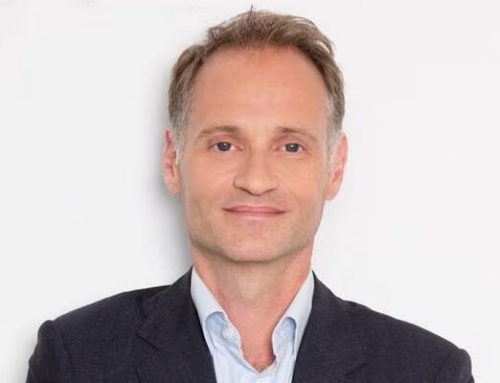
Big data supplies us with numbers and percentages. It won’t tell us that we are emerging from a near-death experience, if not our own death, then the death of friends, relatives and strangers, bundled daily as cases and counts. Yes, we knew abstractly we weren’t going to live forever, but now we really know it. We’ve watched time turn chunky and formless, like a big dumb cloud, or a page in a tablet whose lines have dissolved. The internet, on which many people grew over-dependent during Covid, is itself a mortality delivery device, reminding us daily of the birth and unrecalled death of millions of headlines, stories, controversies and ideas, along with our memories of them.
Planning things, anticipating things? Both gone. The sexiest shampoos and moisturisers distilled from the cruel giggles of pufferfish, the face masks made from pulverised fire ants. What’s the use of any of that stuff when facemasks make everyone who’s shopping in the supermarket look like a bandaged anteater?
My point is that Covid and its aftermath will continue driving a profound change in consumer habits and consumption. Brands, their roles, and what they now need to bring to the table, must respond to that change. As everyone knows, successful branding isn’t about words, or meaning, or cute animals, it’s how a pillow, a ketchup, or a soft drink makes us feel. And with apologies to big data, feelings are not facts.
Big data, after all, predicted that Hillary Clinton would be elected president in 2016, whereas the small data my team and I picked up on again and again in the months before the election indicated the exact opposite. After our small data research detected profound and detailed insights about B2B customers in the wake of Covid, Maersk, the world’s largest shipping company (and a highly data-driven enterprise) shifted direction and ultimately witnessed more than a 300% increase in its share price.
Still, here’s a data point that’s undeniable: I’m a college dropout. Instead of following my schoolmates to university, I was hired after high school by Lego, whose R&D department I had been advising since I was 12. Years later, Lego admitted it didn’t hire me because I was clever or blonde or smiley – that hurt. No, they wanted to connect with their core customers and as a 12-year-old Danish kid I fit the bill perfectly.
Which is why when Mark Ritson accuses me of catastrophising Covid and its aftermath, I found myself transported back to high school, and a world of scornful teachers surrounded by reams of graphs and data. I was reminded why, at 19, I decided that living in the real world would be more appealing and instructive than trendspotting from behind a lectern. My advice to Ritson is to pick up a plastic drinking straw and inhale a few lung-fuls of evidence from a world that’s made up of real human beings, not notches on a graph.
After all, when creating brand loyalty, isn’t our biggest challenge to break down, wring out and bring words to love itself? You can search for “love” in a thesaurus, map it out on a spreadsheet, study its definitions in a textbook – or you can venture out into the world and find your own answer. If nothing else, along the way you’ll be given a series of glimpses into what the men and women who pay our salaries actually think and feel.
Lire l’article complet sur : www.marketingweek.com



Leave A Comment